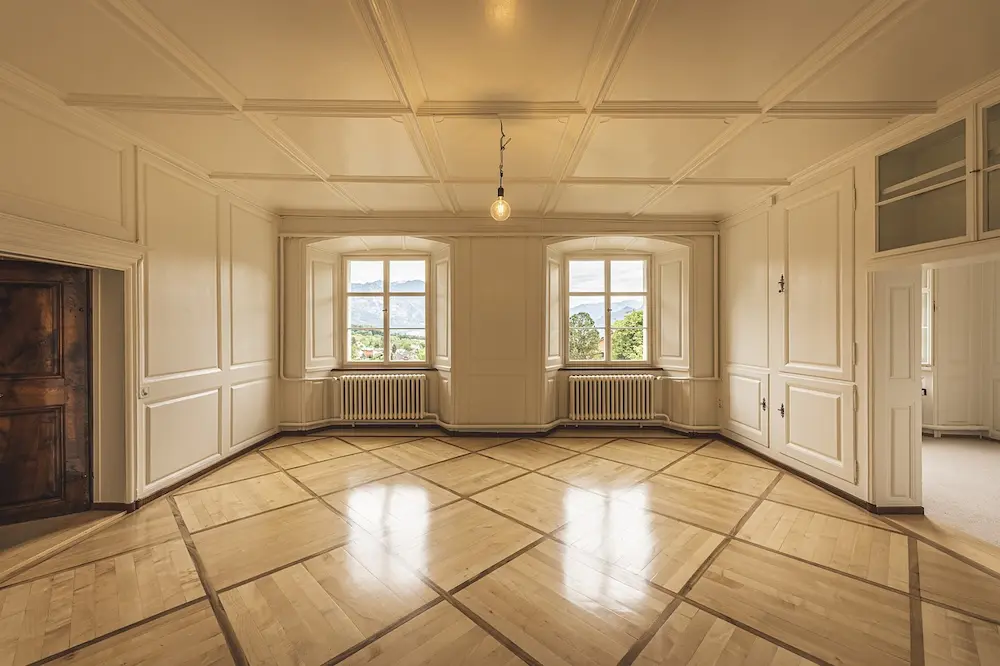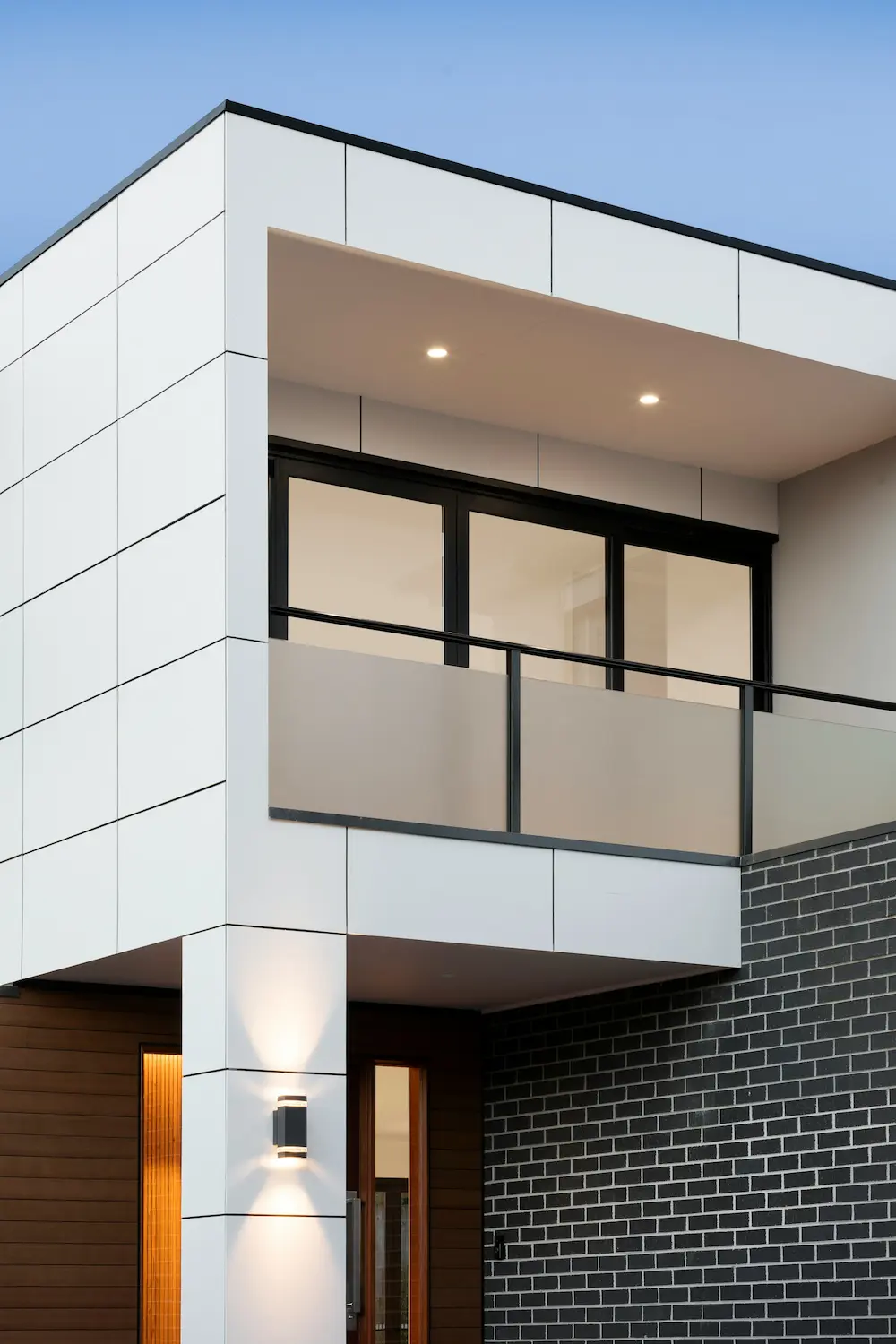Estimating the property value is a crucial step for homeowners, investors, and real estate professionals alike. Whether you’re planning to buy, sell, or simply assess your current investment, understanding the true worth of a property can guide crucial financial decisions.
This practical guide aims to demystify the process of property valuation, offering a step-by-step approach to accurately determining a property’s market value. From analyzing comparable sales to taking into account the unique features of your property, we’ll explore the key factors and methodologies that can help you achieve a reliable estimate.
Understanding Market Trends
Firstly, it’s essential to gauge the pulse of the current real estate market to understand how it impacts property values. Market trends can significantly influence the selling price of a property due to factors like economic stability, interest rates, and consumer demand. By keeping a close eye on these trends, you can predict potential increases or decreases in property value, providing a more accurate estimate. Secondly, technology has made it much easier to access real-time data and analytics on market trends.
Utilizing online platforms and real estate databases can offer insights into long-term market behaviors, helping you understand where the market is heading. This can be particularly useful when trying to estimate a property’s value in a volatile or rapidly changing market. Also, with real estate marketing becoming increasingly digital, understanding online trends and consumer behavior can be just as crucial in estimating a property’s value. Not only can it provide valuable information on the desirability of your property, but it can also help you identify potential buyers or target markets.
Analyzing Comparable Sales
Comparative market analysis (CMA) stands as one of the most effective strategies in estimating a property’s value. CMA involves examining the prices at which similar properties in the same area have recently sold. These properties, known as “comparables” or “comps,” provide a benchmark against which your property’s value can be gauged. Factors such as property size, condition, location, and features are taken into consideration to ensure an accurate comparison.
It’s important to look at a range of comparables to account for any anomalies or outliers that could skew your valuation. Utilizing local real estate listings, public records, and real estate websites can provide a wealth of information on recent sales that are pertinent to your analysis. Beyond comparable sales, the physical attributes and the condition of the property play a pivotal role in its valuation. Upgrades, renovations, and unique features can significantly increase a property’s appeal and, consequently, its market value.
Conversely, any defects or necessary repairs can decrease its worth. Conducting a thorough home inspection can uncover hidden issues that may impact the valuation. Additionally, the property’s location and its proximity to amenities, schools, transportation, and commercial areas can enhance or detract from its overall value. Understanding how these factors contribute to the appeal of your property among prospective buyers is essential for a well-rounded valuation.
Evaluating the Property’s Condition
A thorough evaluation of the property’s physical condition is necessary for an accurate valuation. This includes assessing both the exterior and interior features, from the age and condition of the roof to the state of the kitchen and bathrooms. The cost of any needed repairs or renovations can significantly affect the property’s market value.
Consider the property’s energy efficiency and technological updates. Modern buyers value properties that incorporate energy-saving features and smart home technology, which can increase a property’s appeal and, consequently, its value.
Considering Location and Community Attributes
Location is a paramount factor in determining a property’s value. A property in a desirable area with access to quality schools, shopping, transportation, and amenities will likely have a higher value than a similar property in a less sought-after location. Additionally, consider the community’s attributes, including safety, local employment opportunities, and upcoming development projects. These factors can influence a buyer’s decision and should therefore be included in your valuation process.
Performing a Professional Appraisal
While DIY property valuation can give you a general idea of a property’s worth, there’s no substitute for a professional appraisal. A licensed appraiser brings expertise and an unbiased perspective to the valuation process, using advanced methods to determine a property’s market value accurately.
Having a professional appraisal not only adds credibility to your property valuation but can also provide valuable insights into aspects of the property and the surrounding area that you may have overlooked. This can be an essential step, especially if you’re planning to sell or refinance the property.

Estimating property value is a multifaceted process that combines economic principles with real-world observations of market trends, property conditions, and local community attributes. From understanding the broad strokes of market behavior to sweating the small details of a property’s condition and location, accuracy in property valuation hinges on a careful blend of science and art.
Following the steps outlined in this guide—from analyzing market trends and comparable sales to evaluating the property’s condition and considering its location—will equip you with a robust framework for accurately assessing a property’s worth.








